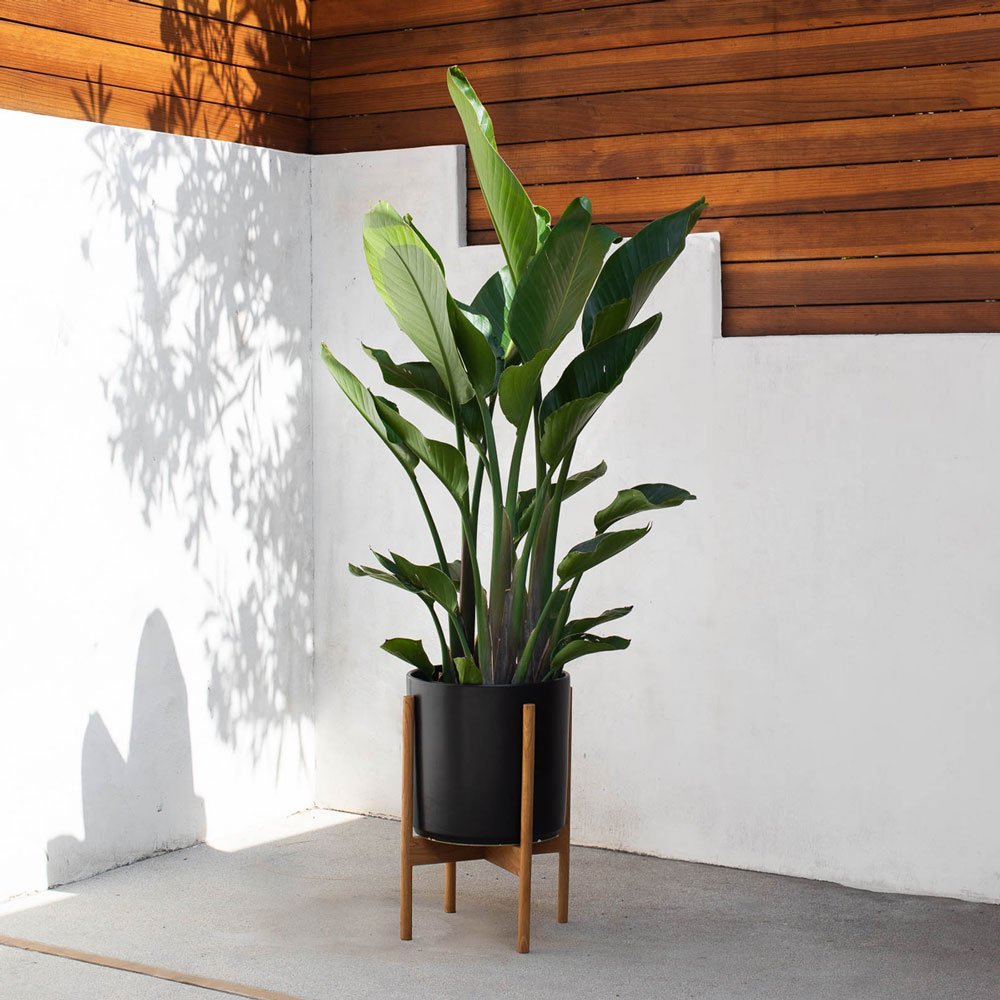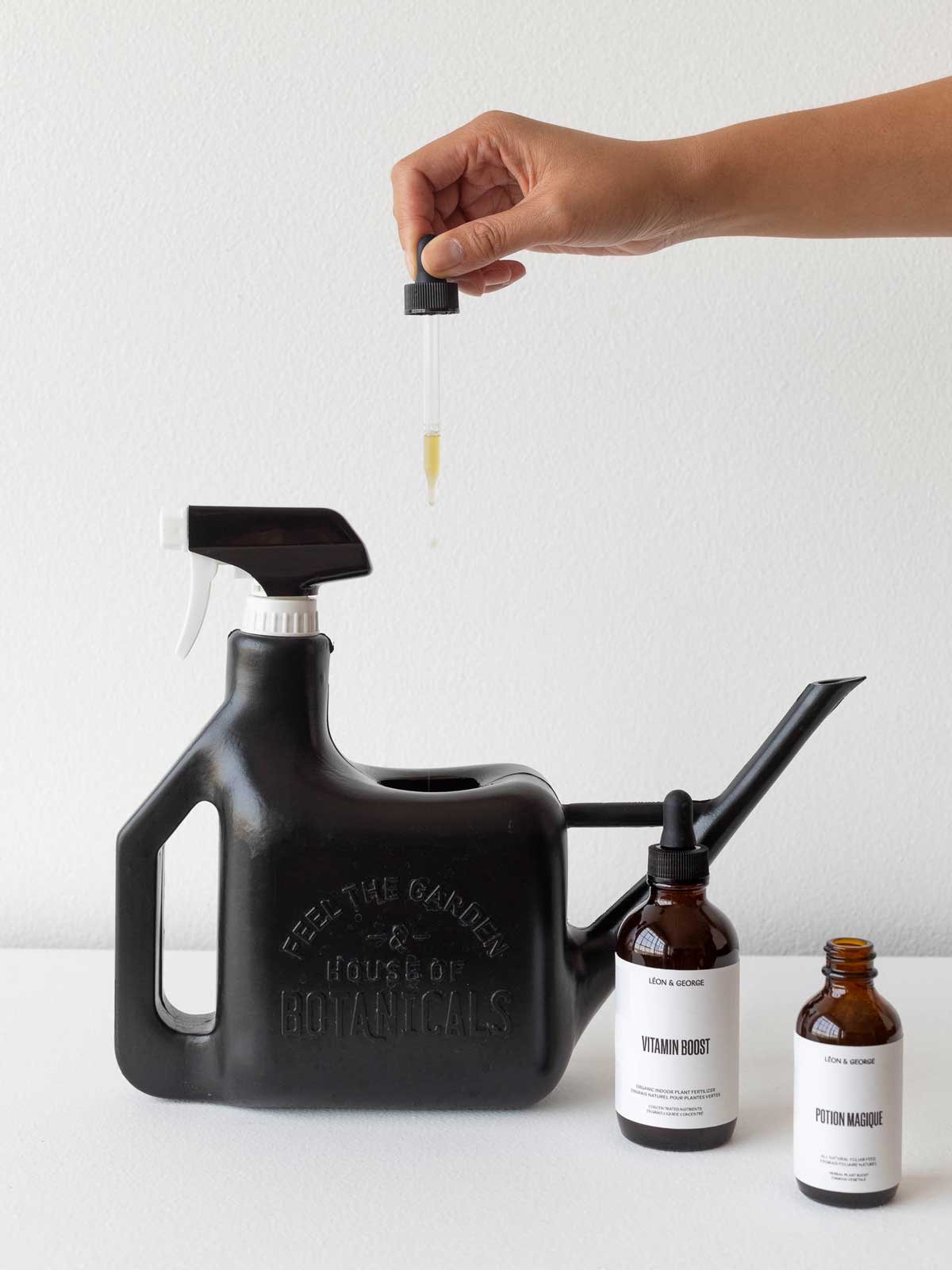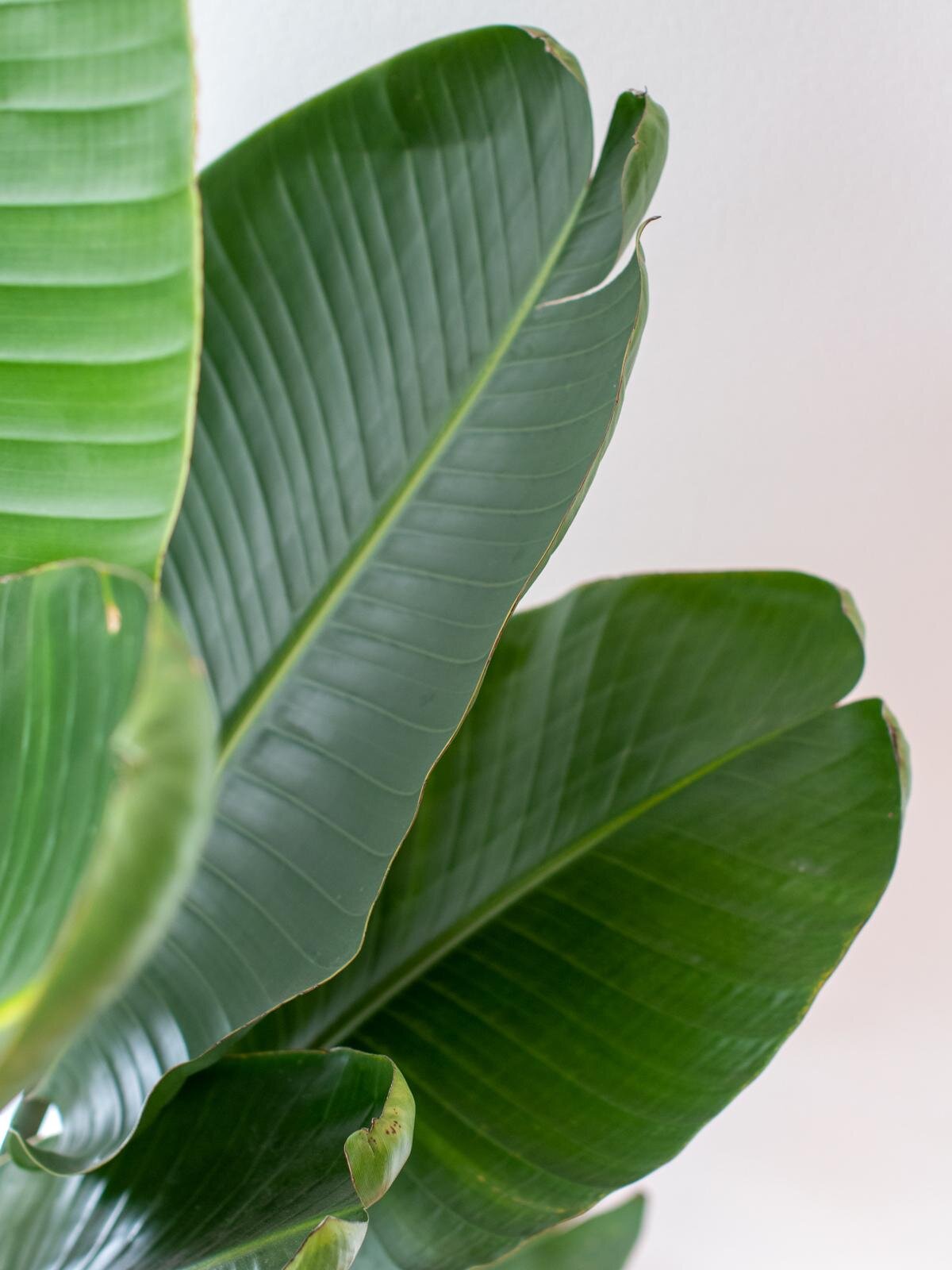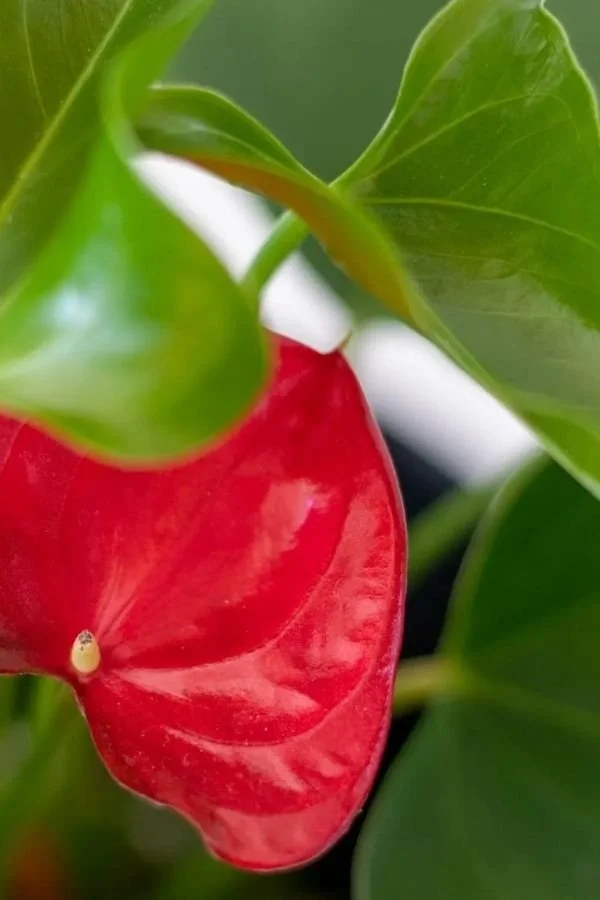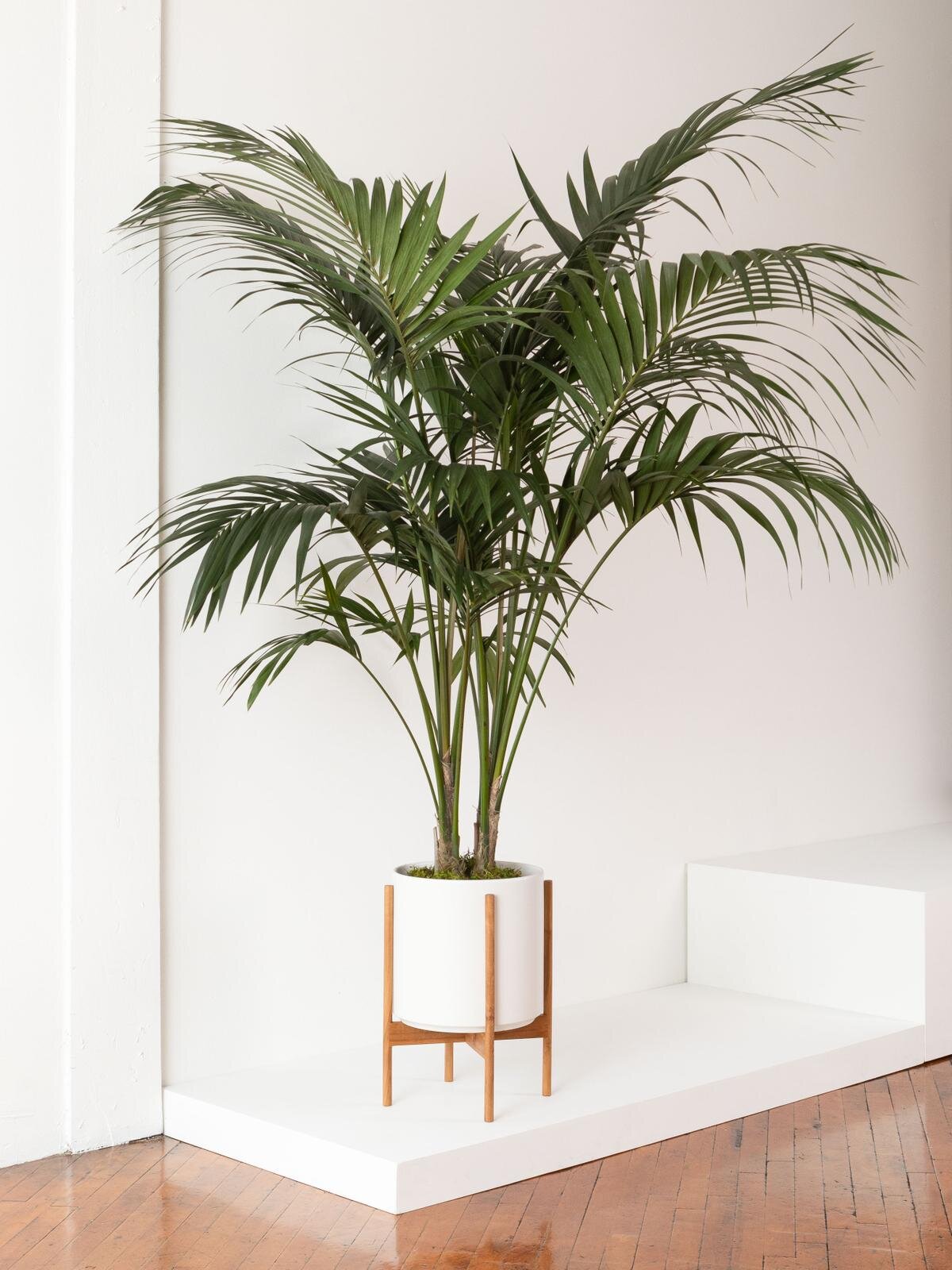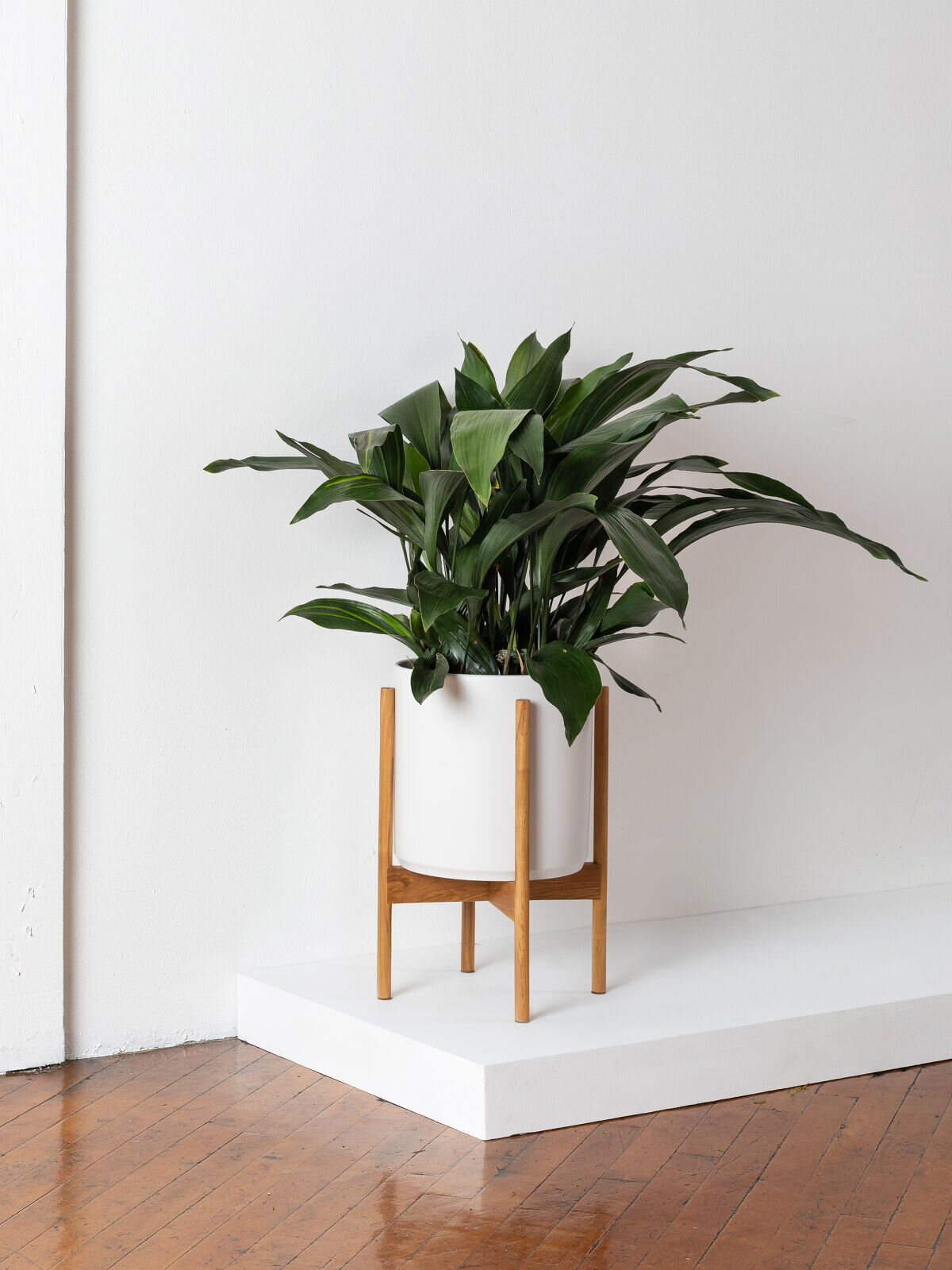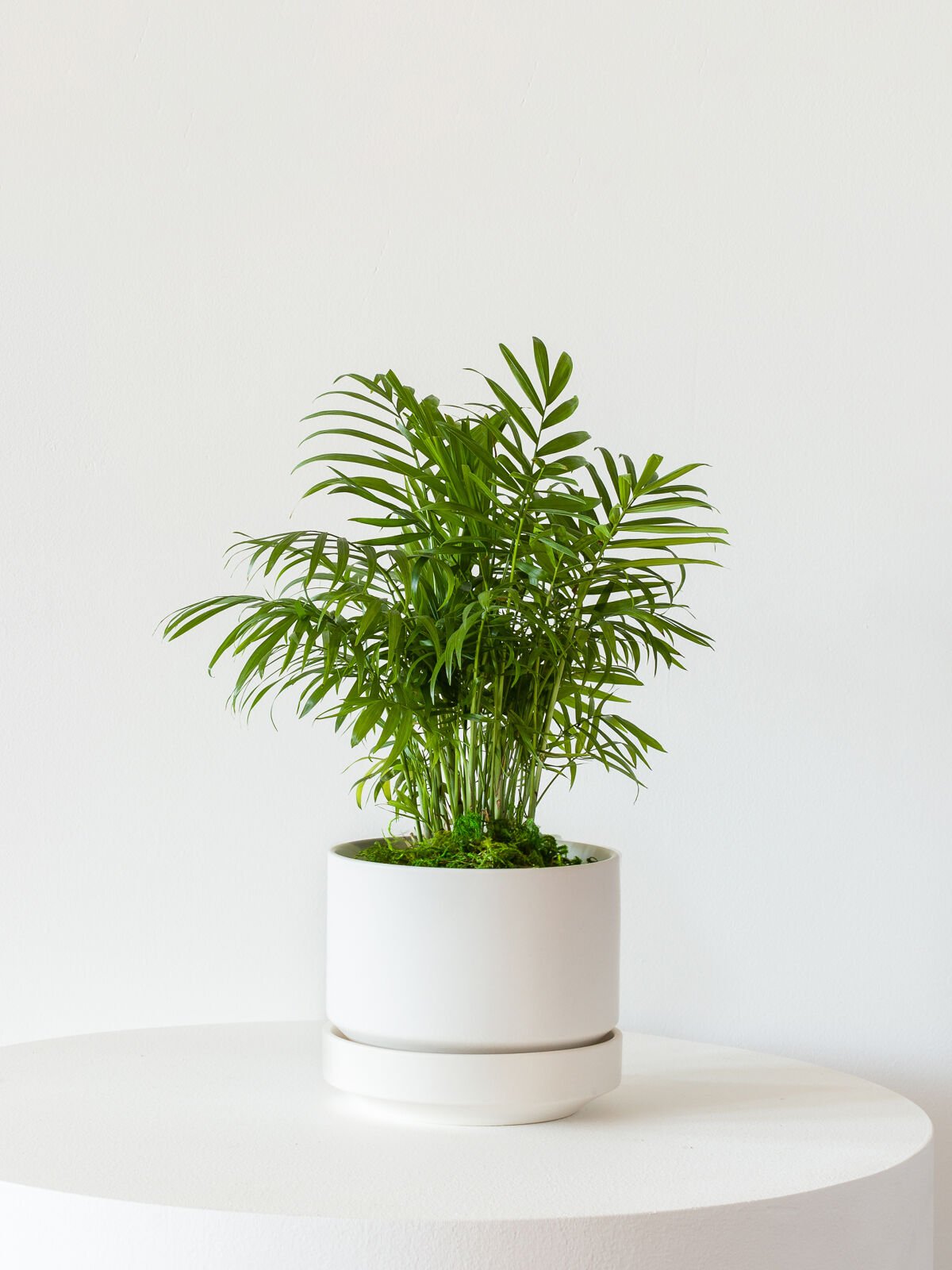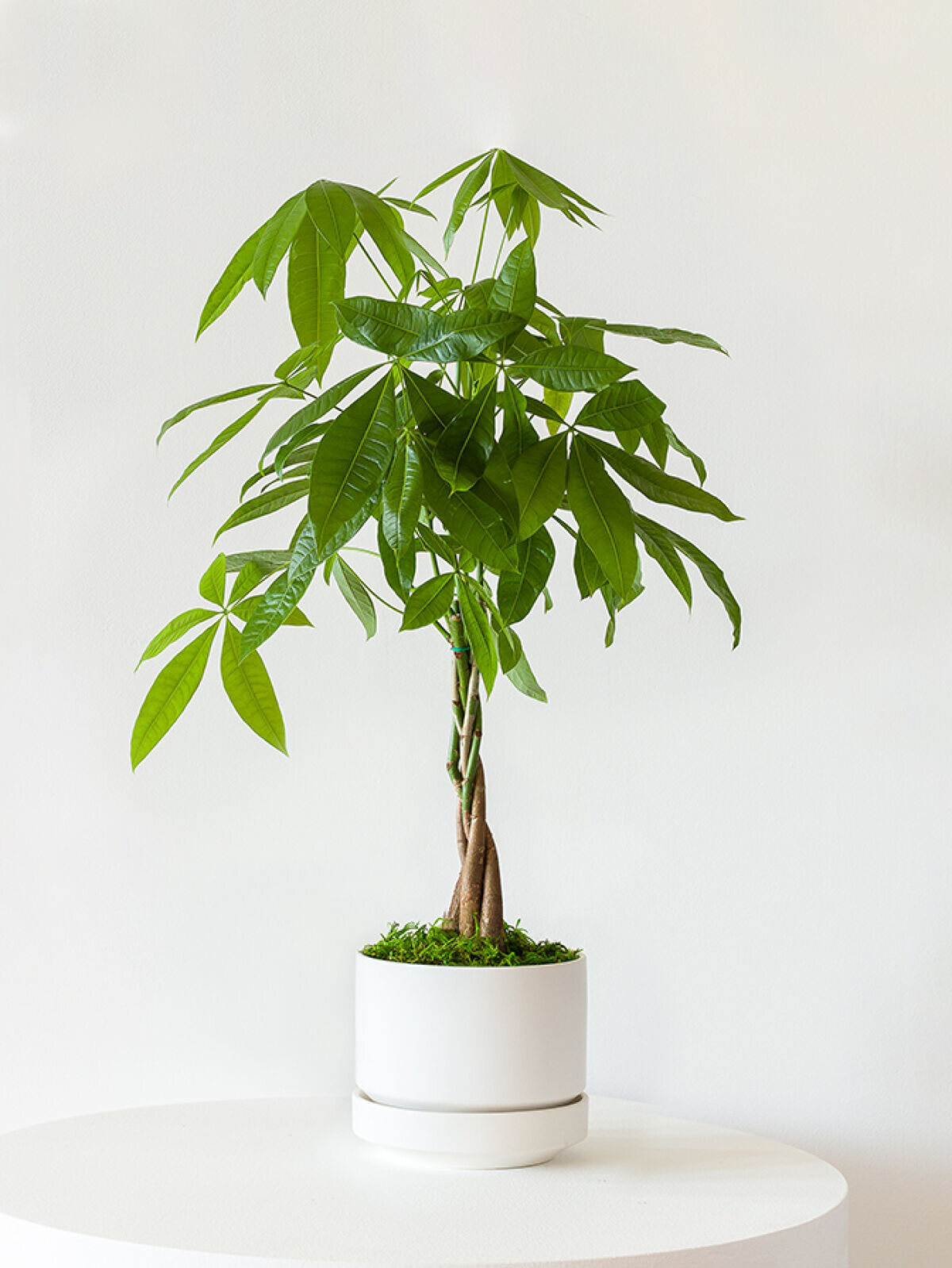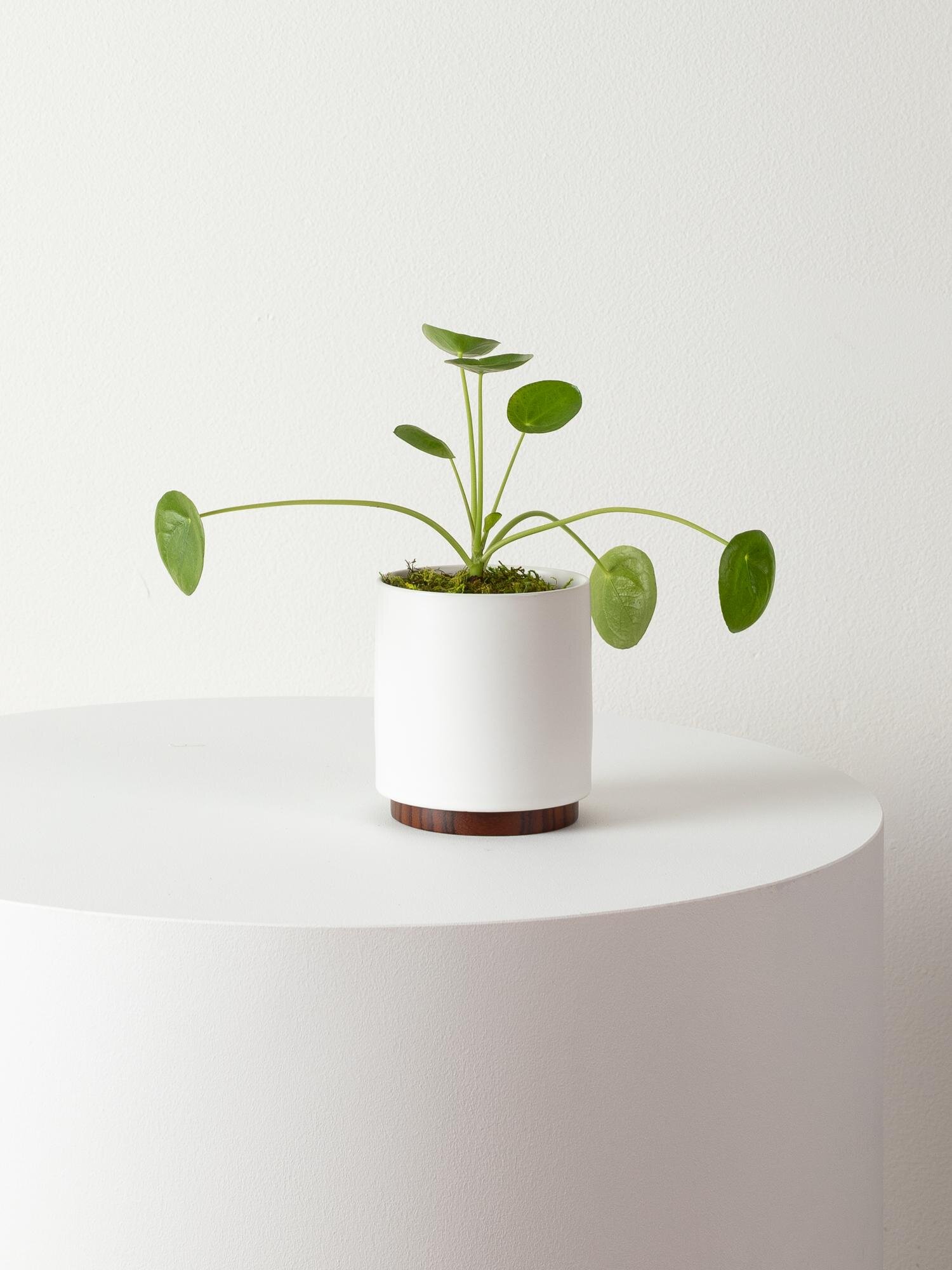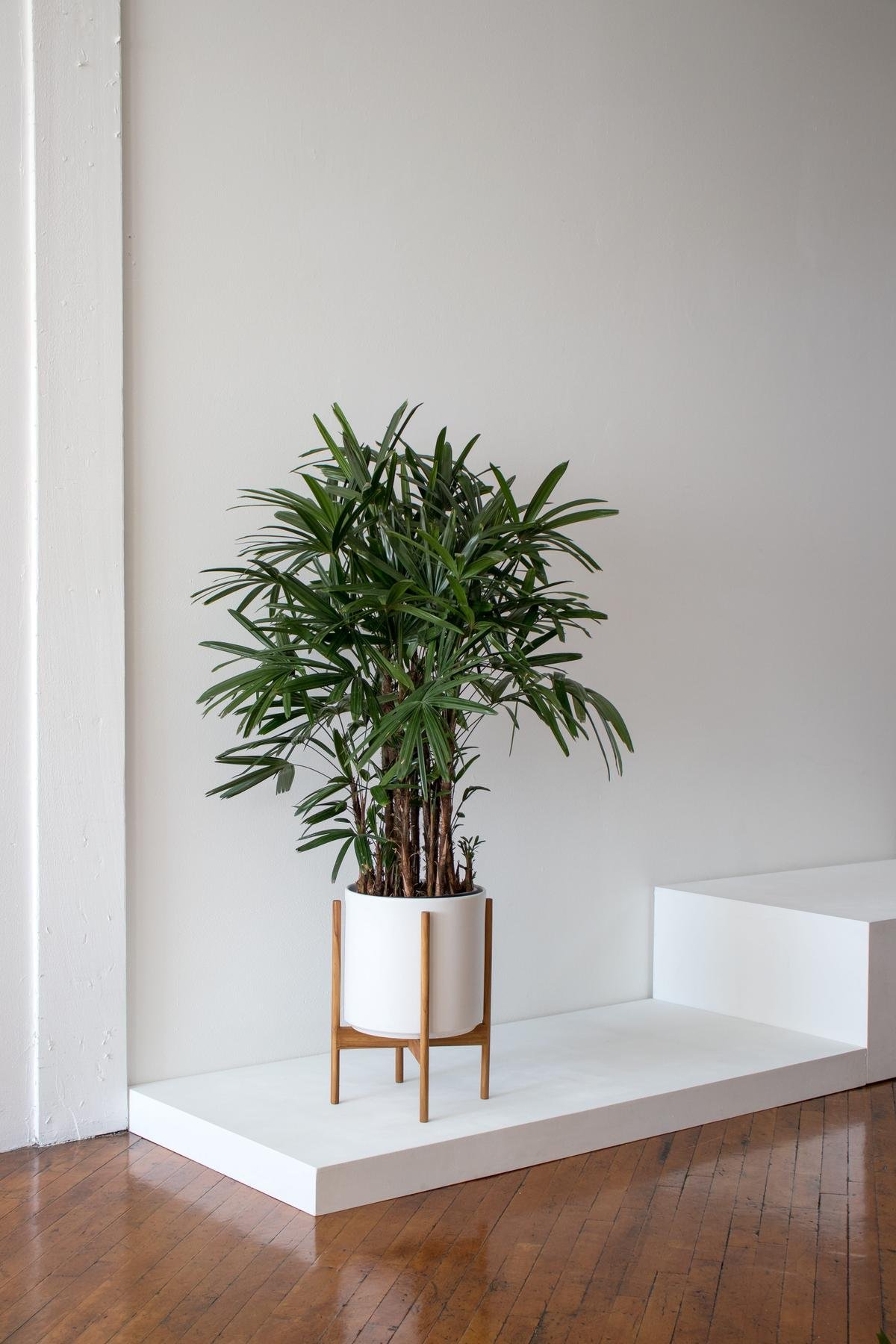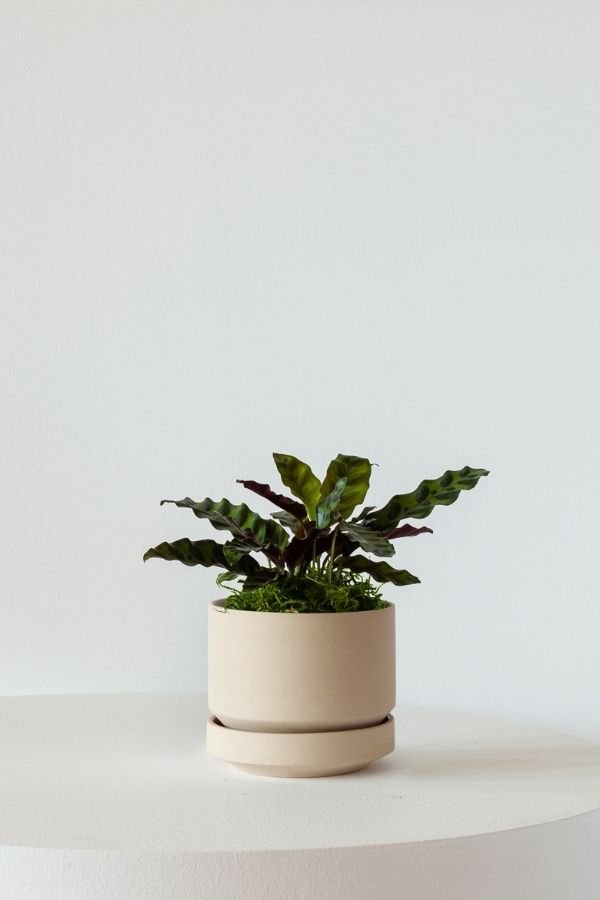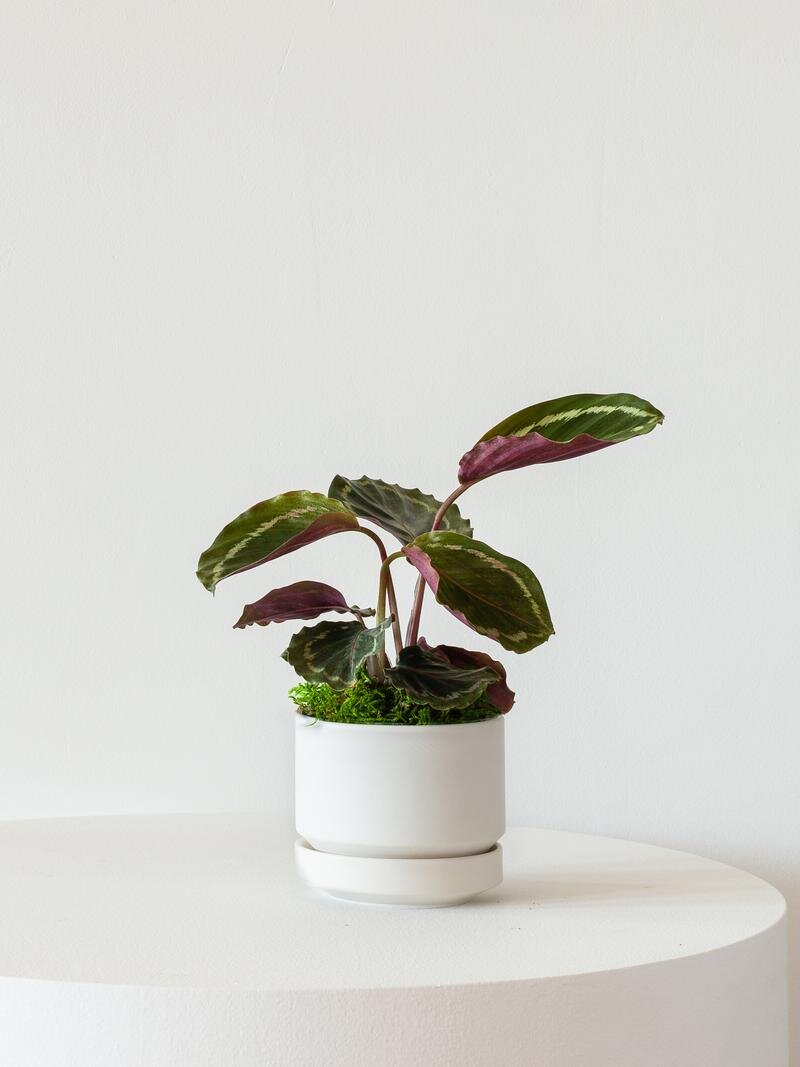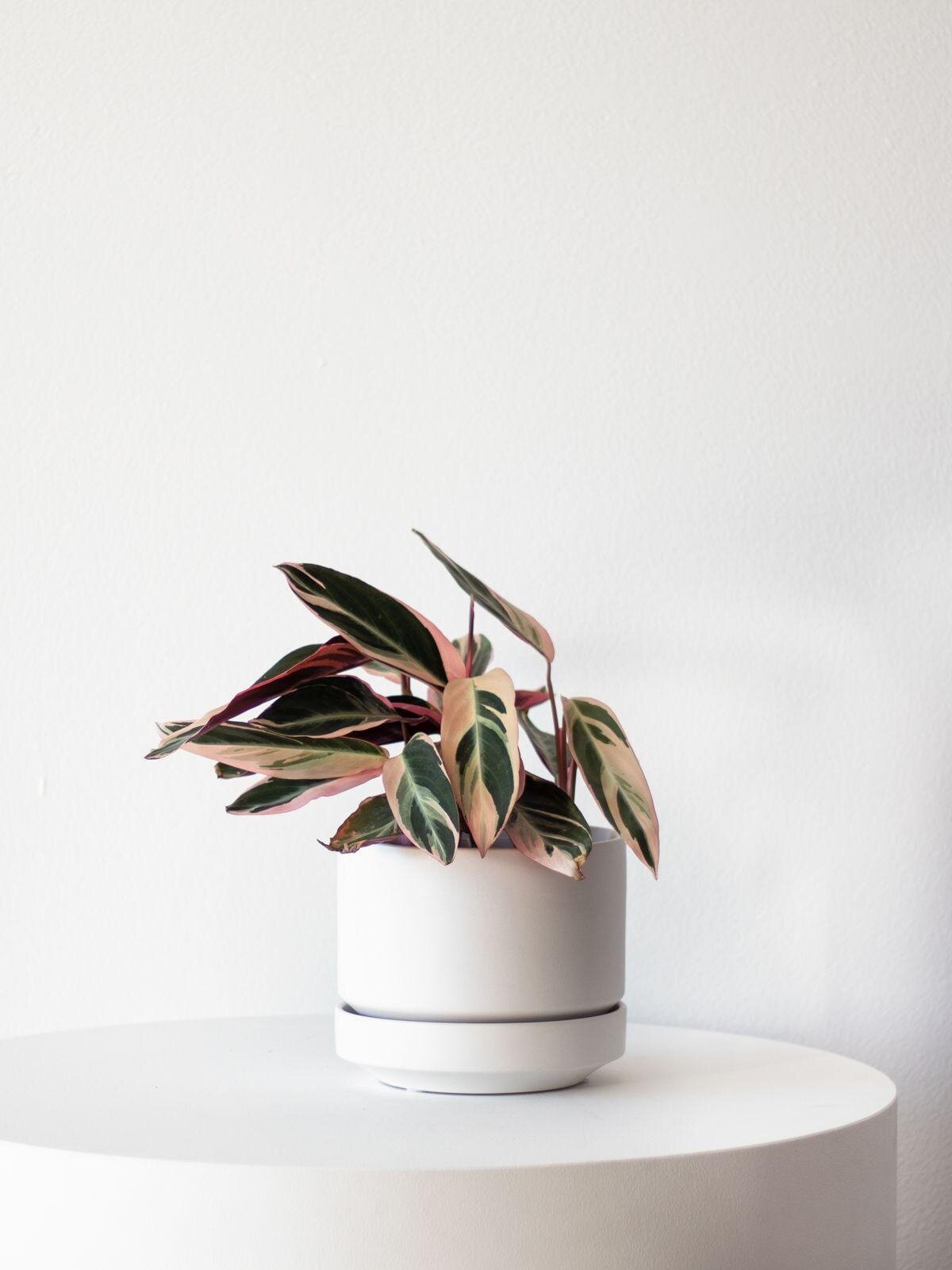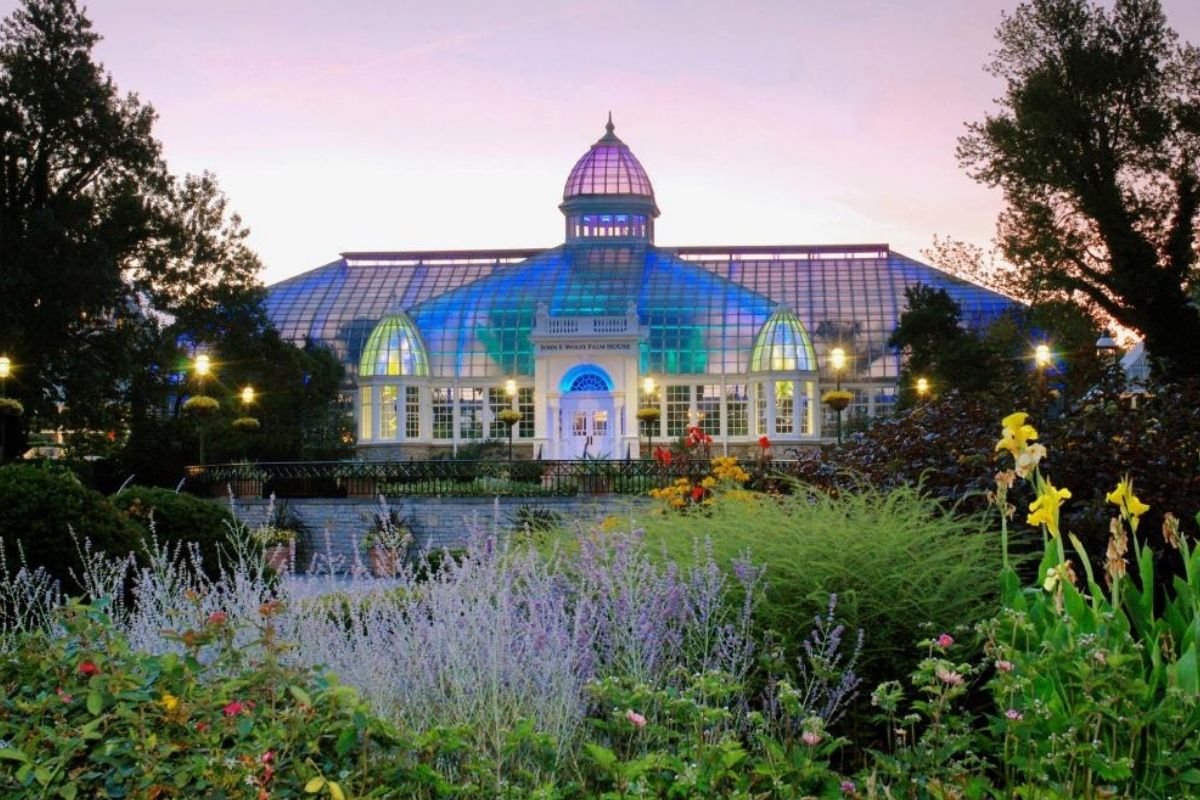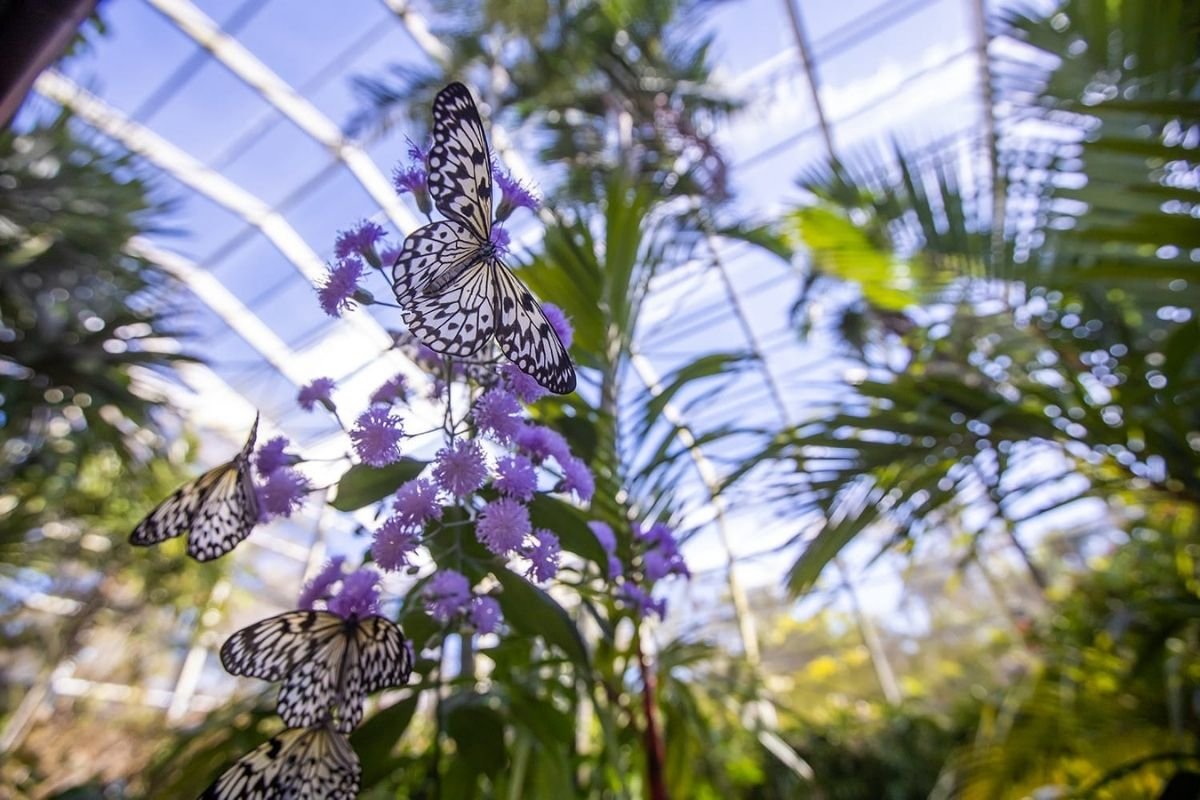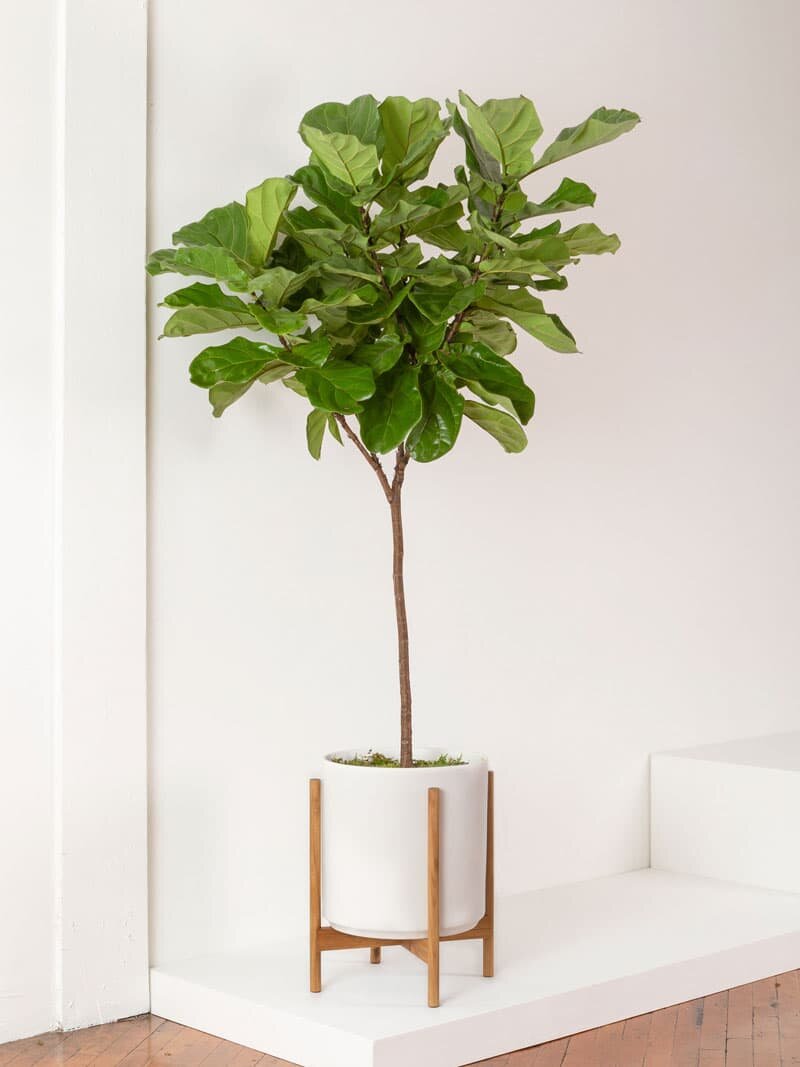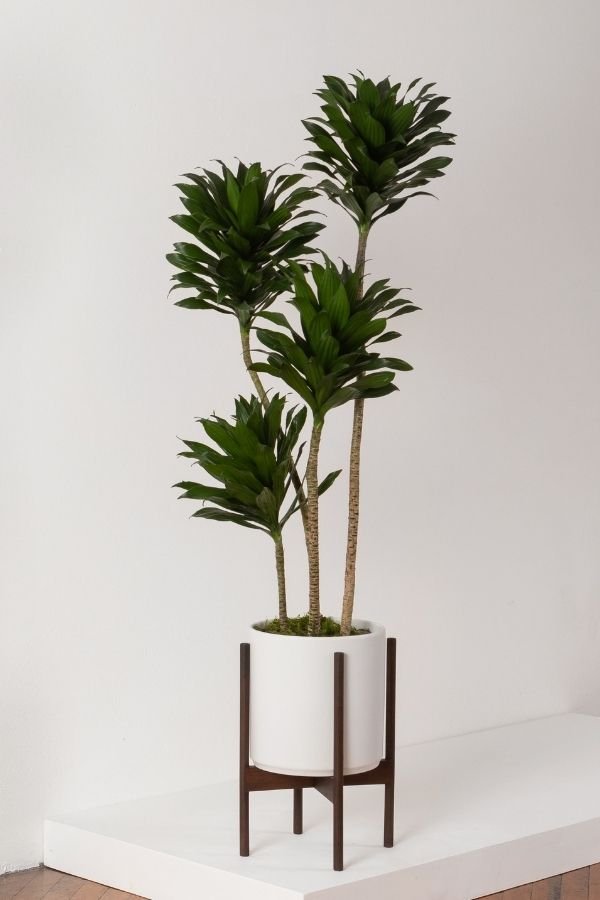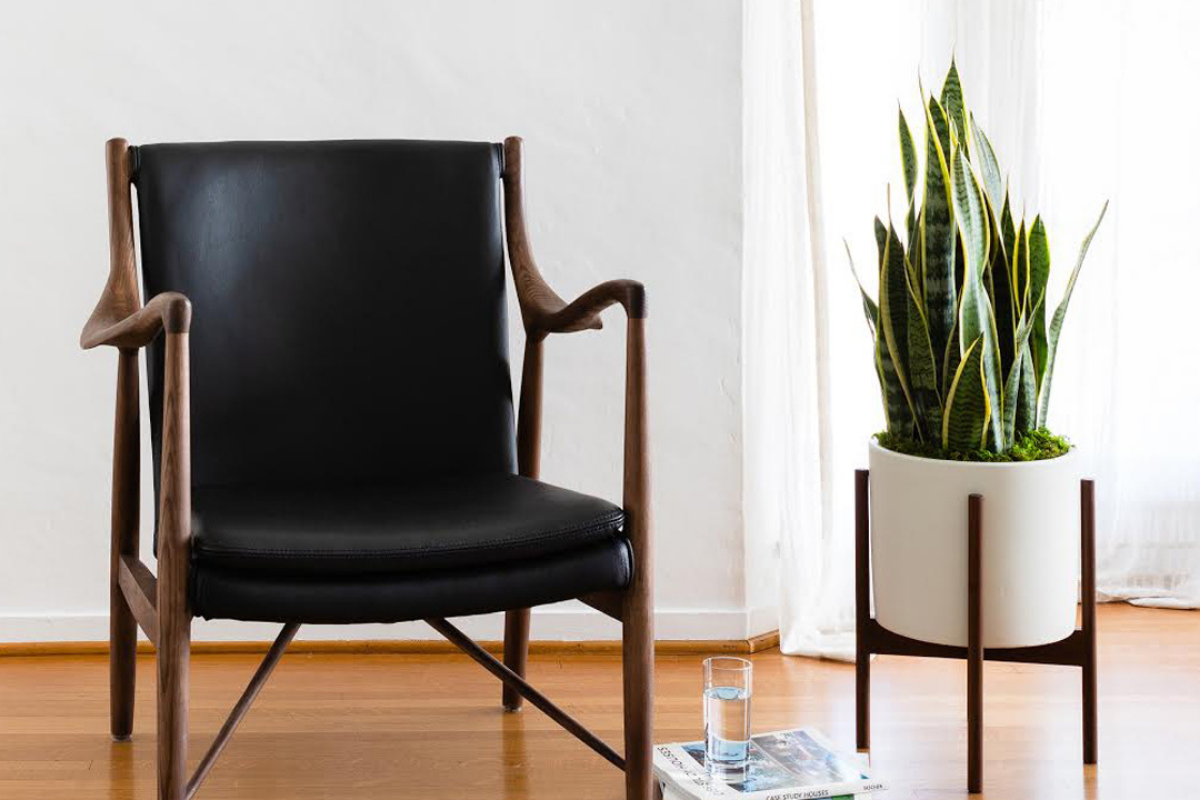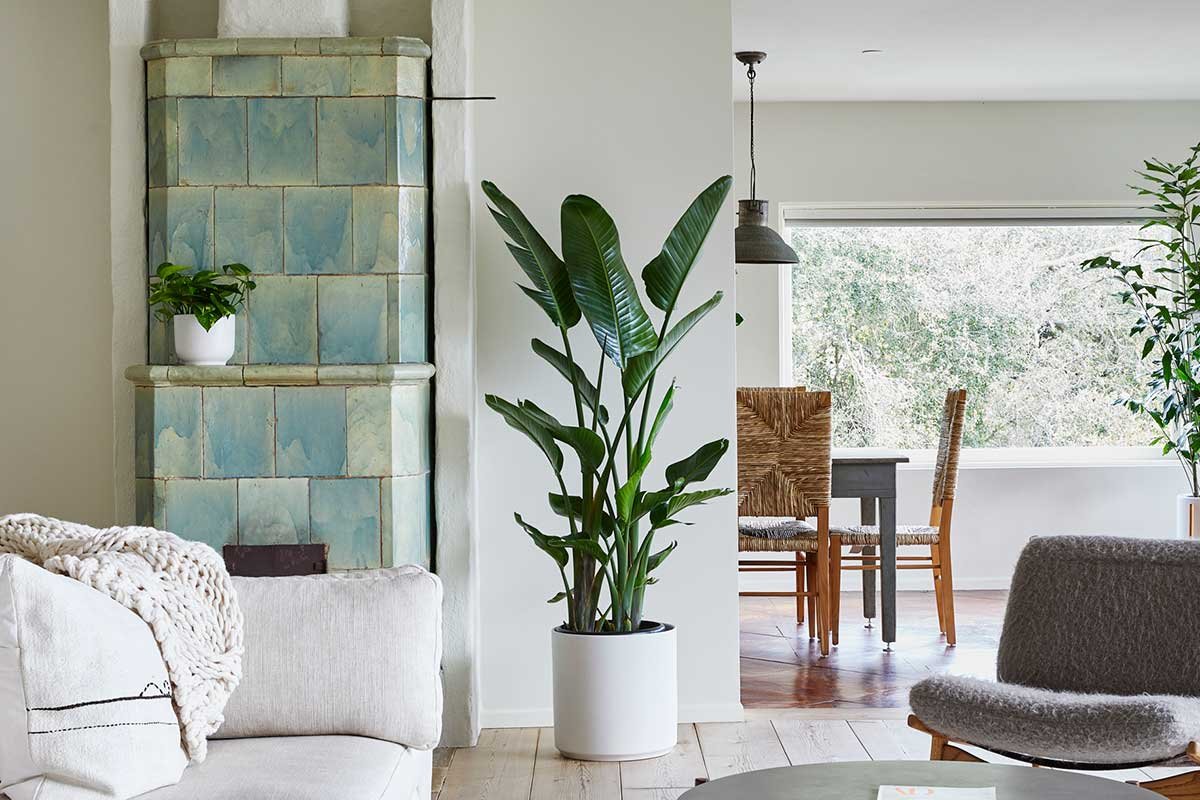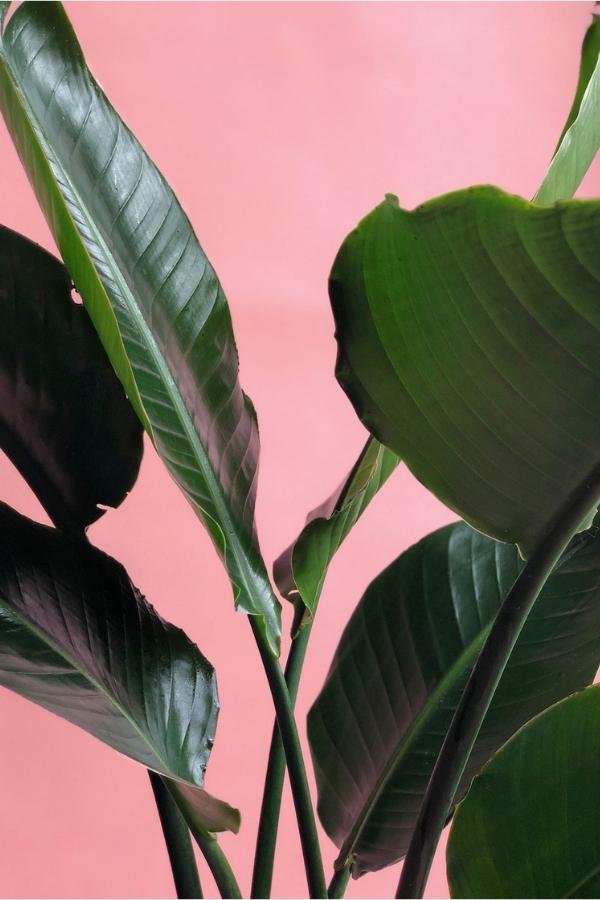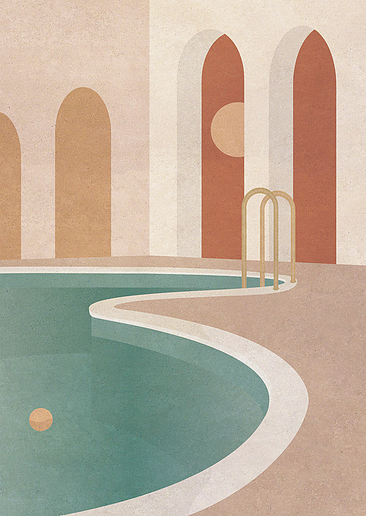So you've decided it's time to give your leafy friend a new home. Well, hold onto your gardening gloves because before you get started, there are a few things you should know…
Whether you're a seasoned green thumb or a newbie plant parent, repotting can be a bit like transplanting your plant to a new city. You want to make sure it settles in comfortably and flourishes. So, let's dive into what you need to know before you repot your plant and make this experience a rootin' tootin' good time!
Timing is Everything
Before you get your hands dirty, consider when to repot your plant. Spring and summer are like the plant equivalent of a beach vacation – the ideal time for relocation. Your plant will have the energy to adapt to its new pot and grow like it's on a tropical getaway. That said, if you have to repot in the fall or even dead of winter, it won’t be the end of the world.
The Right Pot is a Game-Changer
Picking the right pot is crucial. Think of it as finding the perfect-sized shoes for your feet. You want a pot that's just a tad larger than your plant's current one (or, you may decide to repot back into its original pot, simply refreshing the soil). If it's too big, your plant might feel like it's swimming in a sea of soil, and most plants like to have their roots tightly compacted within their soil and pot. Too small, and it's a suffocating shoe that'll cramp its growth.
Soil Matters
Imagine moving to a new city and having to adapt to a different climate. Your plant goes through something similar when you change its soil. Choose a high-quality potting mix that suits your plant's needs. Some like it dry, while others prefer to be constantly moist. Check your plant's preferences and cater to them like a plant concierge!
Mind Those Roots
When you're repotting, don't just yank your plant out like you're trying to win a tug-of-war. Be gentle and tease out those roots. If they've circled the old pot, give them a little massage to encourage them to explore their new territory. If you must, you can trim them, particularly if your plant experienced root rot (in which case, definitely trim them), or if they are too difficult to untangle from their grow pot.
Choosing the right pot size is essential— you can either pot back into the same size planter with fresh soil, or something just slightly larger than its current size.
One Size Doesn't Fit All
Not all plants need repotting at the same frequency. Some are like party animals and want to upgrade their space every year, while others are introverts and can go for years without needing a change. Get to know your plant's personality and repot accordingly. Some signs that your plant is ready for repotting is if the roots are circling the top or bottom of the soil surface, or if your plant generally seems to look a bit sad despite receiving adequate light, water and love.
Watering Wisdom
After repotting, your plant might be a bit stressed, just like you would be after a move. Be mindful of watering – don't drown it in sympathy water. Give it a drink, then let it settle in. Gradually increase the watering as it starts to adapt.
Post-Repotting TLC
Finally, show your plant some love after the big move. Give it some time to adjust to its new surroundings, and maybe even play some soothing tunes (okay, not really, but plants do respond positively to music!).
Remember, repotting is like redecorating your plant's home – it's a chance for a fresh start and a new lease on life. So, embrace the dirt, get your hands a little muddy, and watch your leafy companion thrive in its revamped abode.
With these friendly and funny tips, you're ready to embark on your plant-potting adventure. Happy repotting, and may your plant grow taller and greener than ever before!
Designed to Thrive
Upgrade your gardening game with our Repotting Kit, complete with everything you need for successful repotting, and enjoy the confidence of 24/7 Plant Doctor support.



